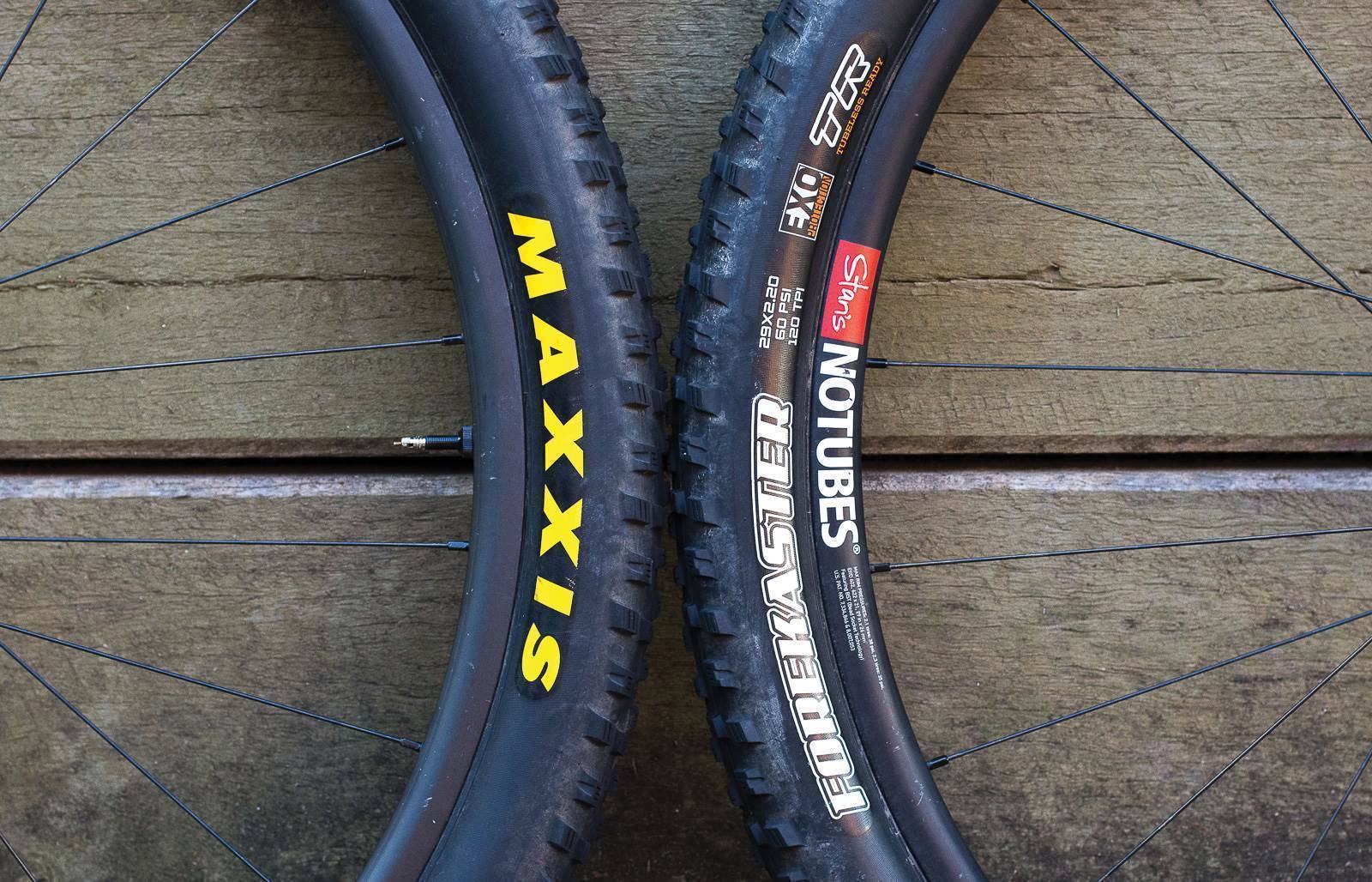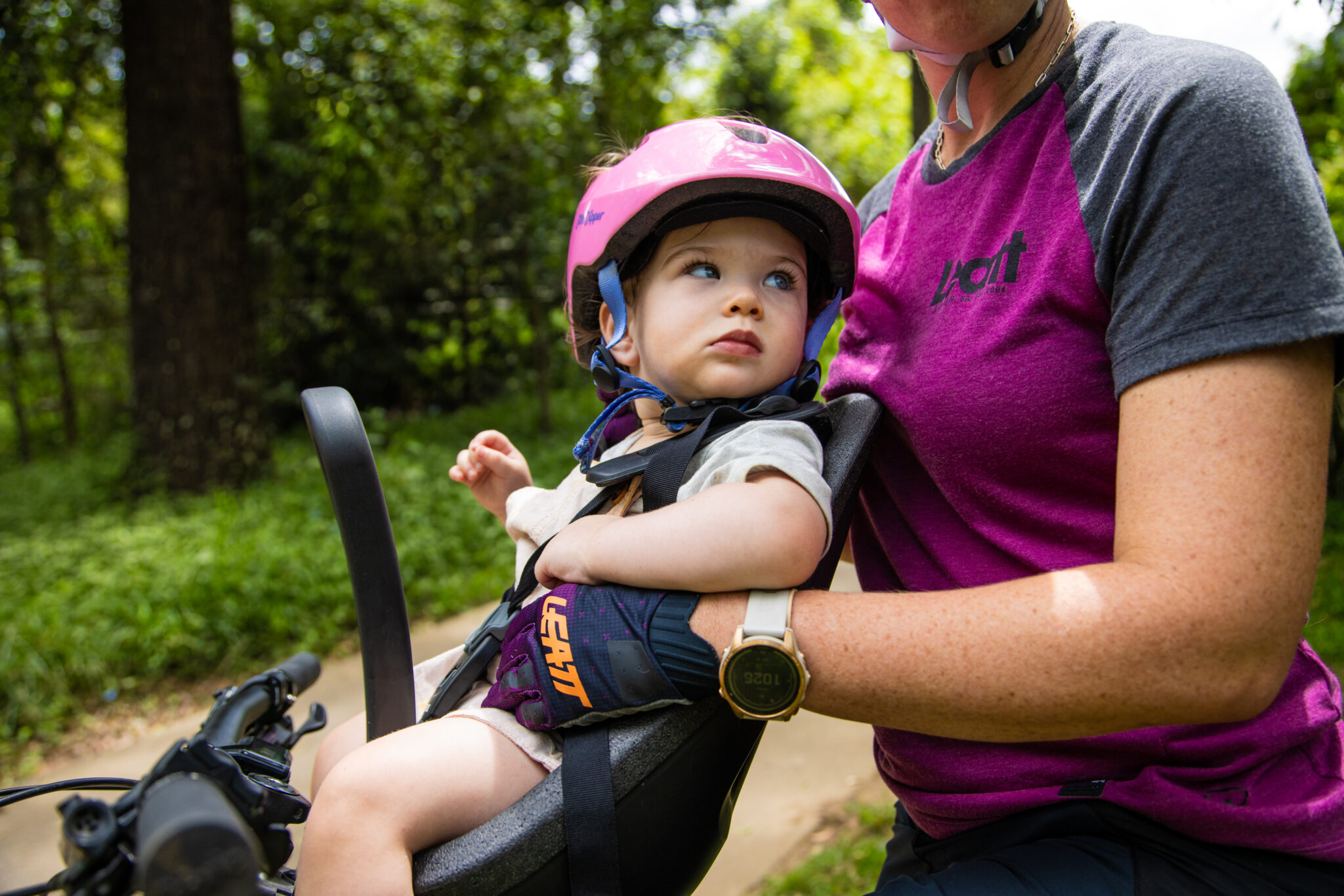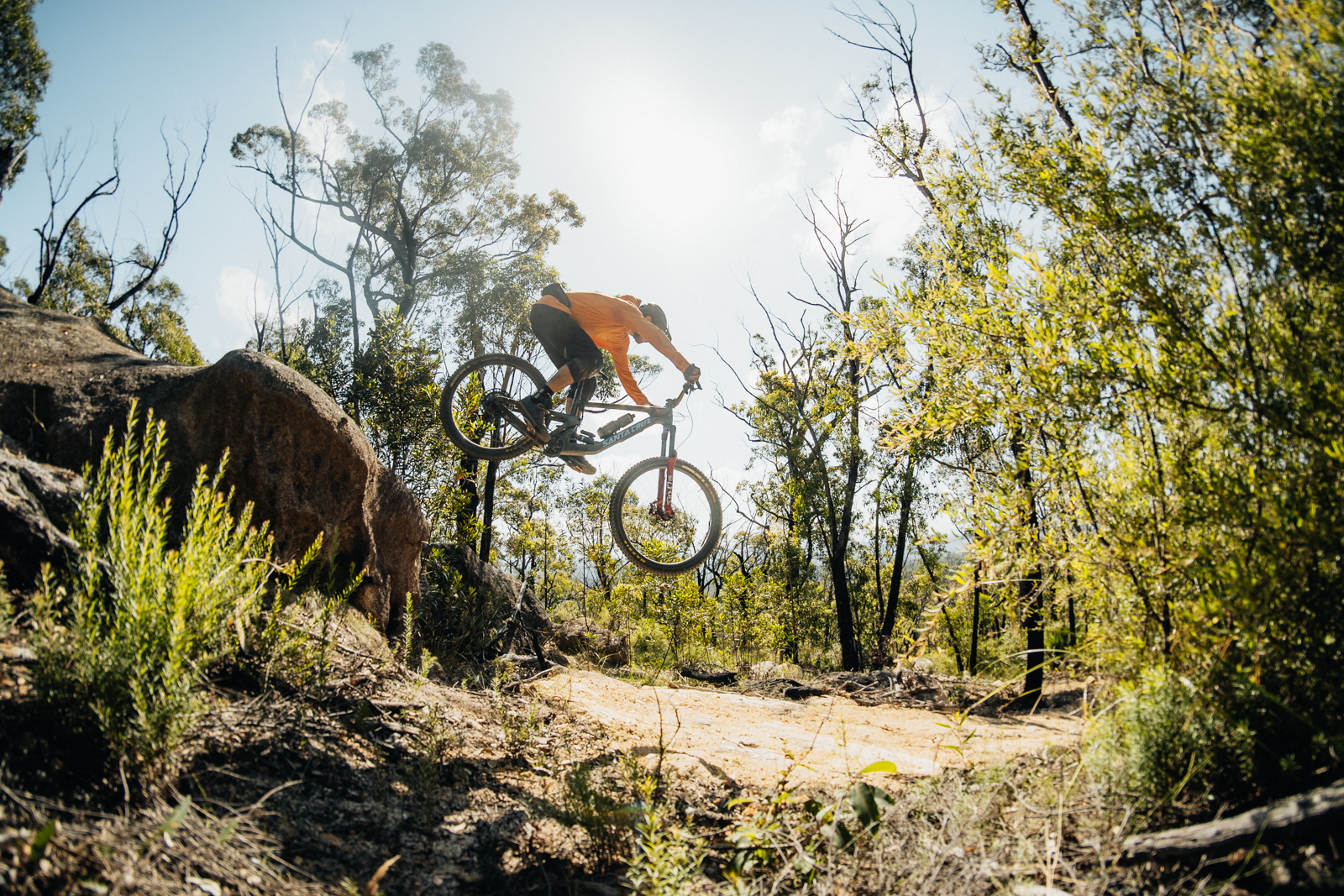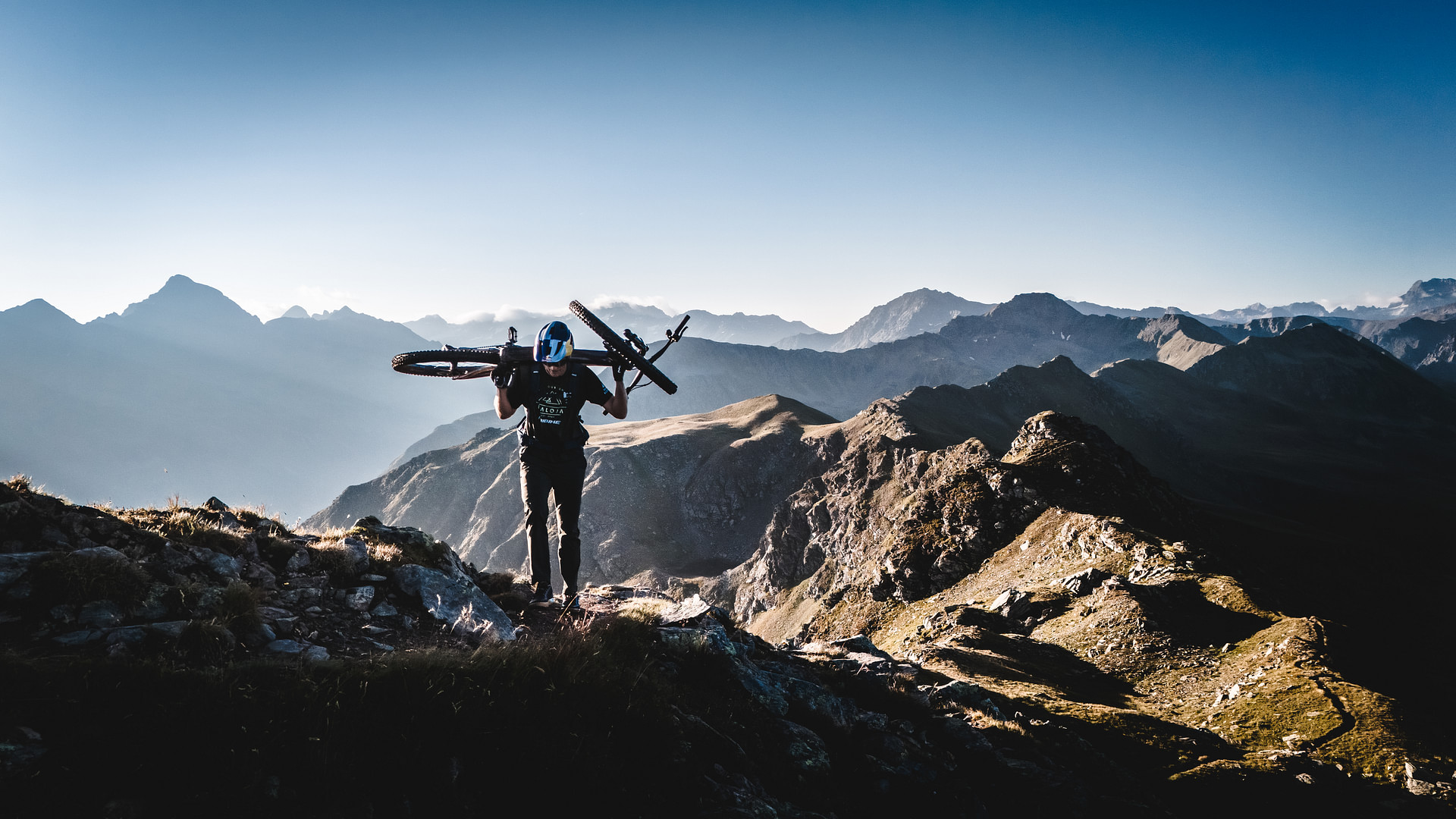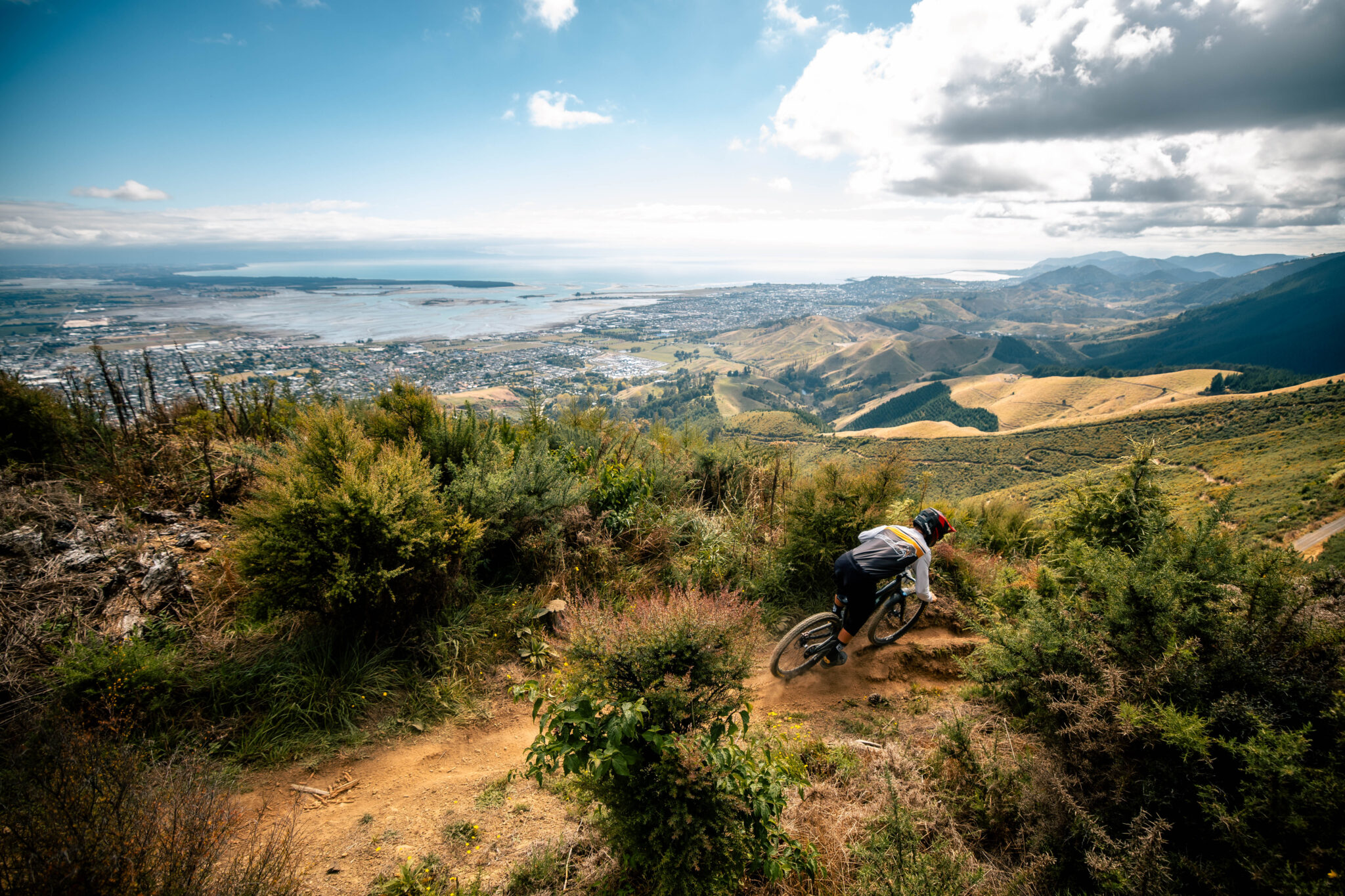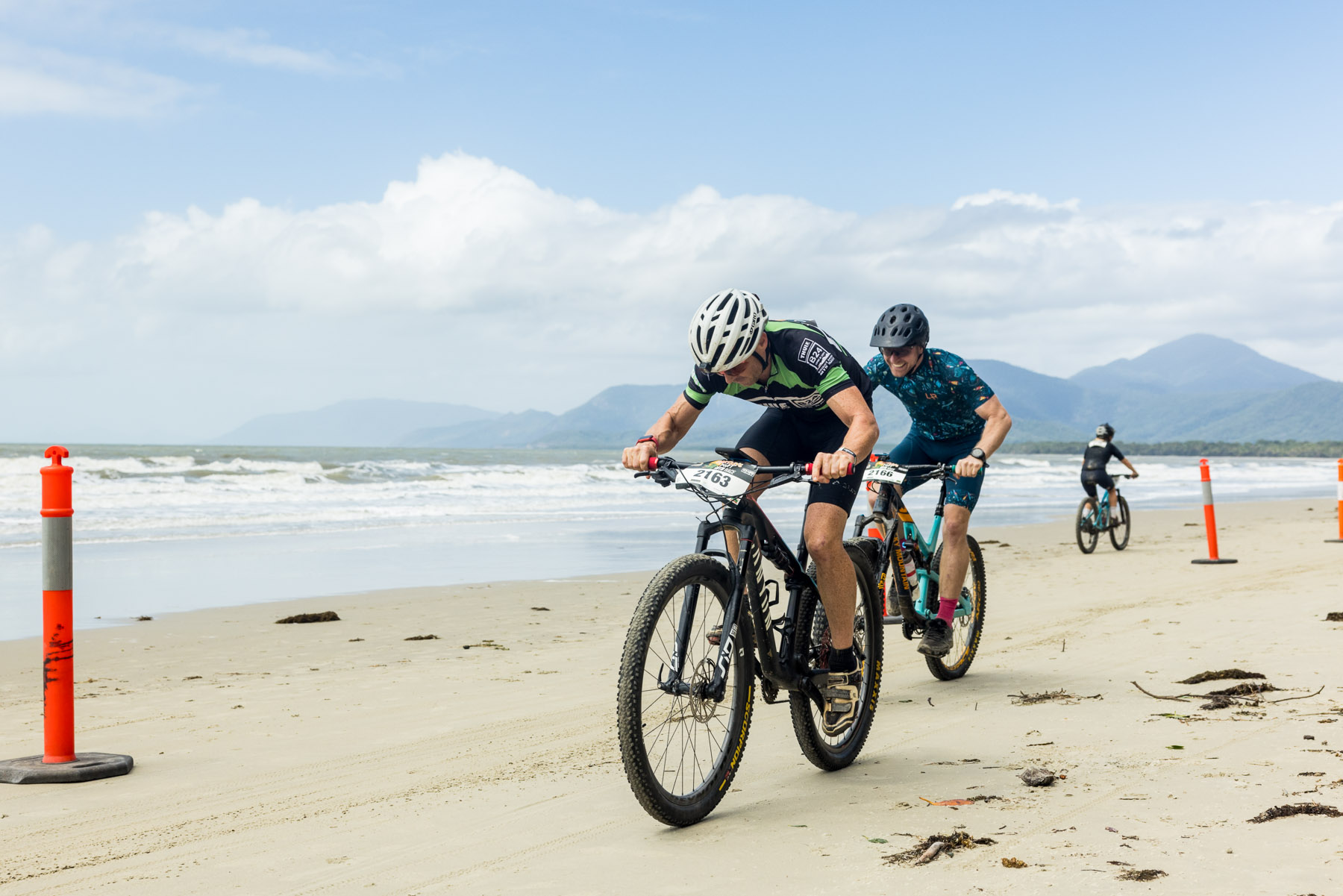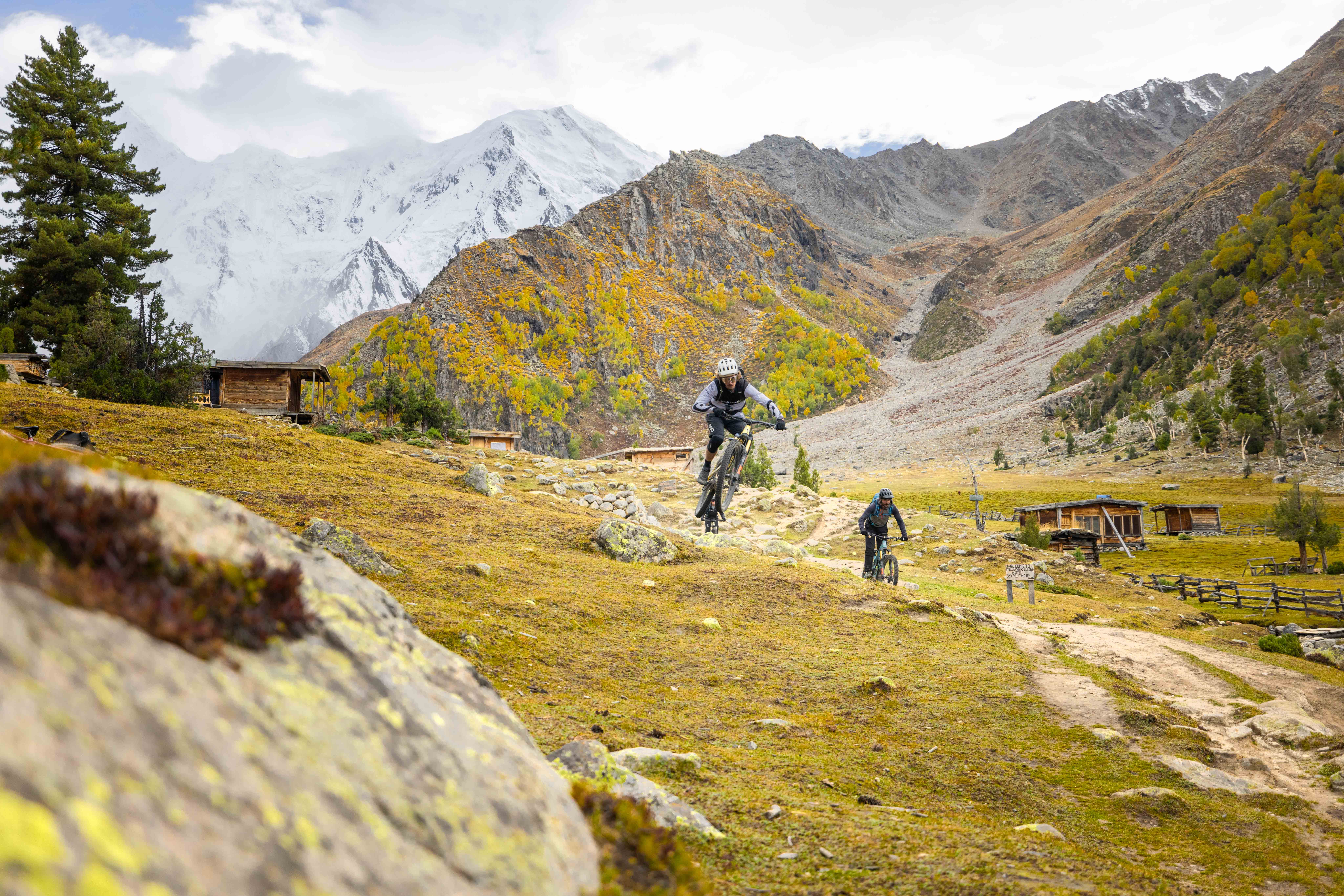TESTED: Maxxis Forekaster
What's the forekast say? We review tyres ready for the nastiest of trail conditions.
Words and Photos: Mike Blewitt
Maxxis are somewhat of a heavy weight in the tyre world – with a range spanning a multitude of wheeled sports, with pushbike racing just one arm of their global business. So it’s always great to see that Maxxis is still developing new treads and casing sizes to keep up with the sport. They have some awesome Plus sized models available, and I was also keen to see the Forekaster – an aggressive XC tyre that has been added to the line.
A closer look
The Forekaster has open-spaced, tall tread blocks on a rounded profile tyre. At a glance you might mistake it for a Rocket Ron or even more likely, and IRC Mythos XC with some transition knobs missing. But it is neither of these, it is it’s own tread pattern matched to a superb casing. Maxxis have the Forekaster in both 27.5” and 29” models, in 2.25” width and 2.35” widths too. They use a 120tpi casing and are Tubeless Ready – with the option for EXO sidewall reinforcing.
I had some 29×2.25” EXO/TR models sent to test, and with an upcoming event that looked a tad moist I mounted a Forekaster on the front wheel. Maxxis are pretty bang on with the weight, with my tyre weighing 694g. I’ve always found the combination of Maxxis tyres and NoTubes rims to inflate easily with a track pump, and this tyre was no different.
Once inflated, it is easy to see the rounder profile compared to the Ardent Race it replaced, and holding them side-by-side the extra spacing of the tread blocks was really noticeable. Maxxis state the Forekaster is for aggressive XC riding in loose or wet conditions. But on the driest continent in the world, where riding wet trails is a huge taboo – do we need a mud tyre? I wasn’t sure if I would end up on a tyre that squirmed too much and rolled too slowly.
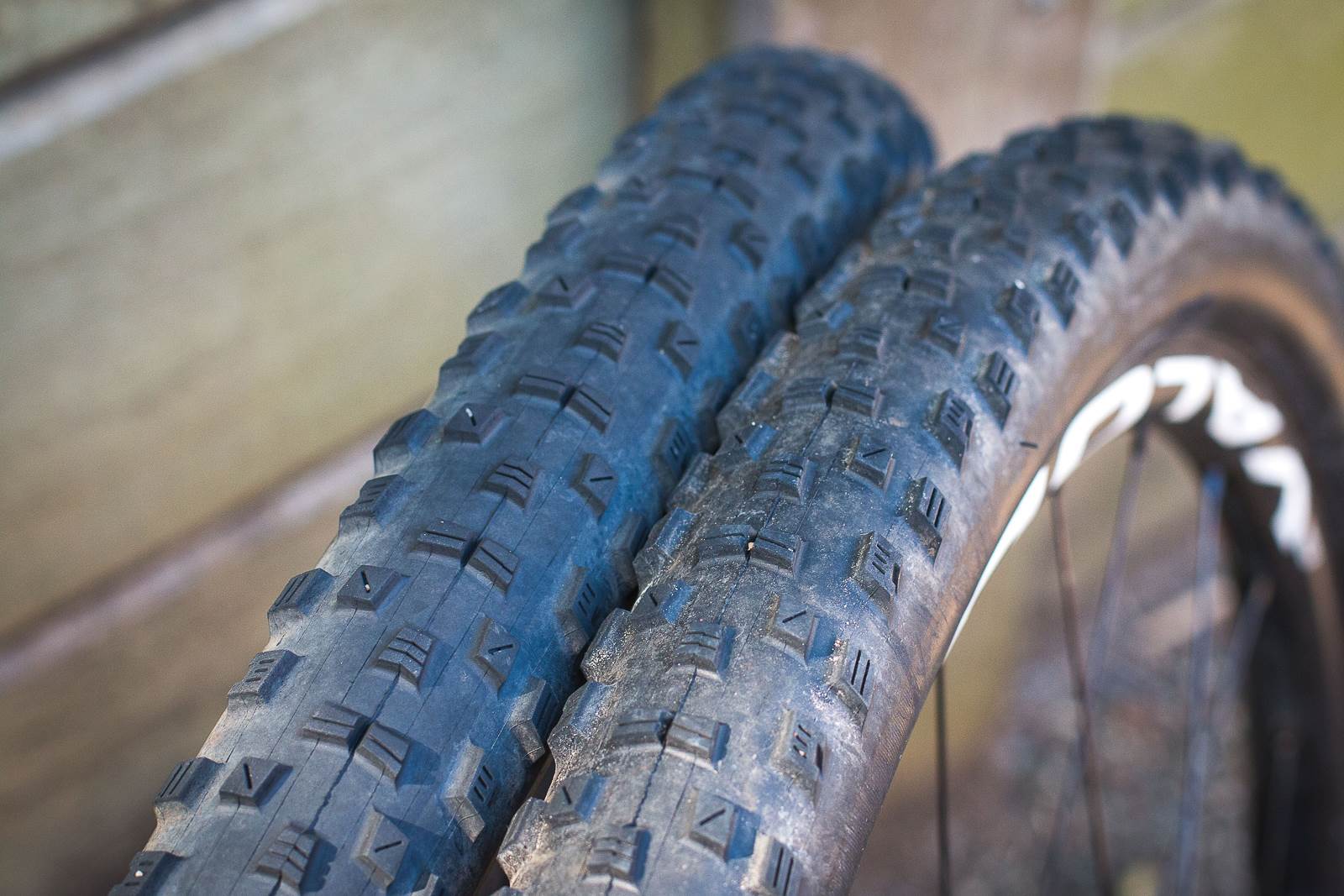
On the trail
Anyone who went to the Wagga Wagga Evocities round will agree it was wet. But it was also rocky. I ran 26psi in the Forekaster – which was too much at first, so I dropped it to 24psi which was much better. In the wet mix of rock and clay and sand, the traction was fine – but the tread didn’t feel quite as sure-footed as I would have liked on the exposed rock.
The course deteriorated to the point the race was called short – and although my bike took a beating the traction from the Forekaster was still very good. It didn’t clog up, although the mud was mostly very wet.
The rest of the testing was mostly in slightly wet Sydney sand, where it never felt like the tyre was a detraction, but I would have been happy on an Ardent Race which tends to work better on the exposed rock around Sydney.
But if you’re familiar with Sydney trails, then you’ll know that there are times when you do descend into a south facing gully, and you do come through areas of soil that gets about as close to loam as you’ll experience while still having the whiff of a sea breeze in the air. And in these softer, looser trail conditions the Forekaster really does hook up, especially when cornering.
If you spend time on wetter, or looser trails, then the Forekaster is likely to excel, with great grip and an ability to shed mud if it needs to. If your trails tend towards rock and hardpack, other tyres in the Maxxis range are likely to serve you better.
| HITS | MISSES |
|
Digs into soft terrain, great weight for the grip |
Slower rolling, not as versatile for much of Australian riding |
| RRP: $75 | FROM: KWT Imports |

